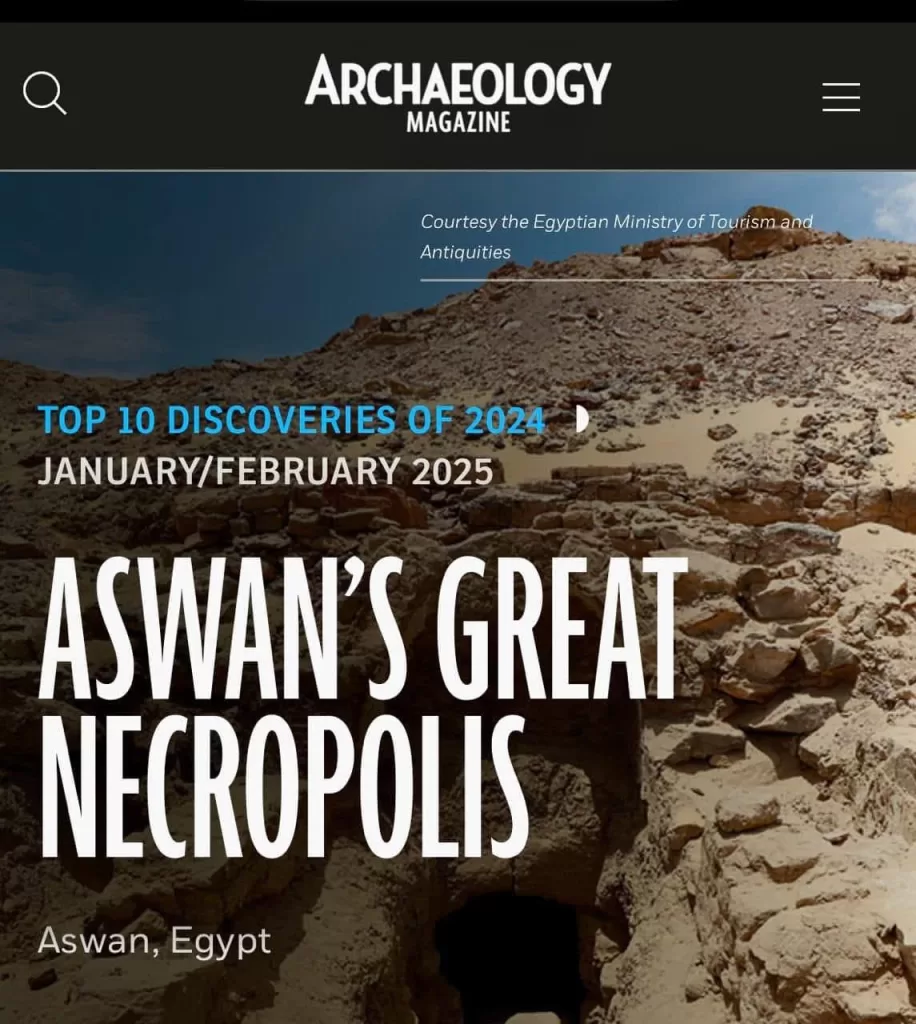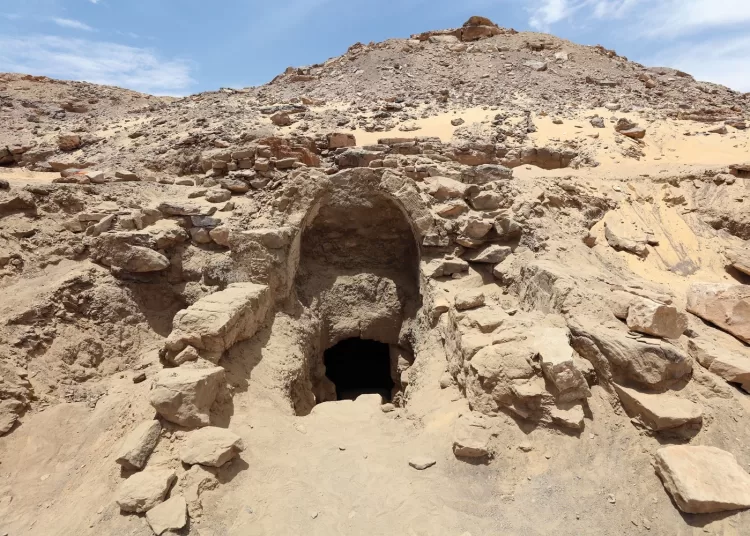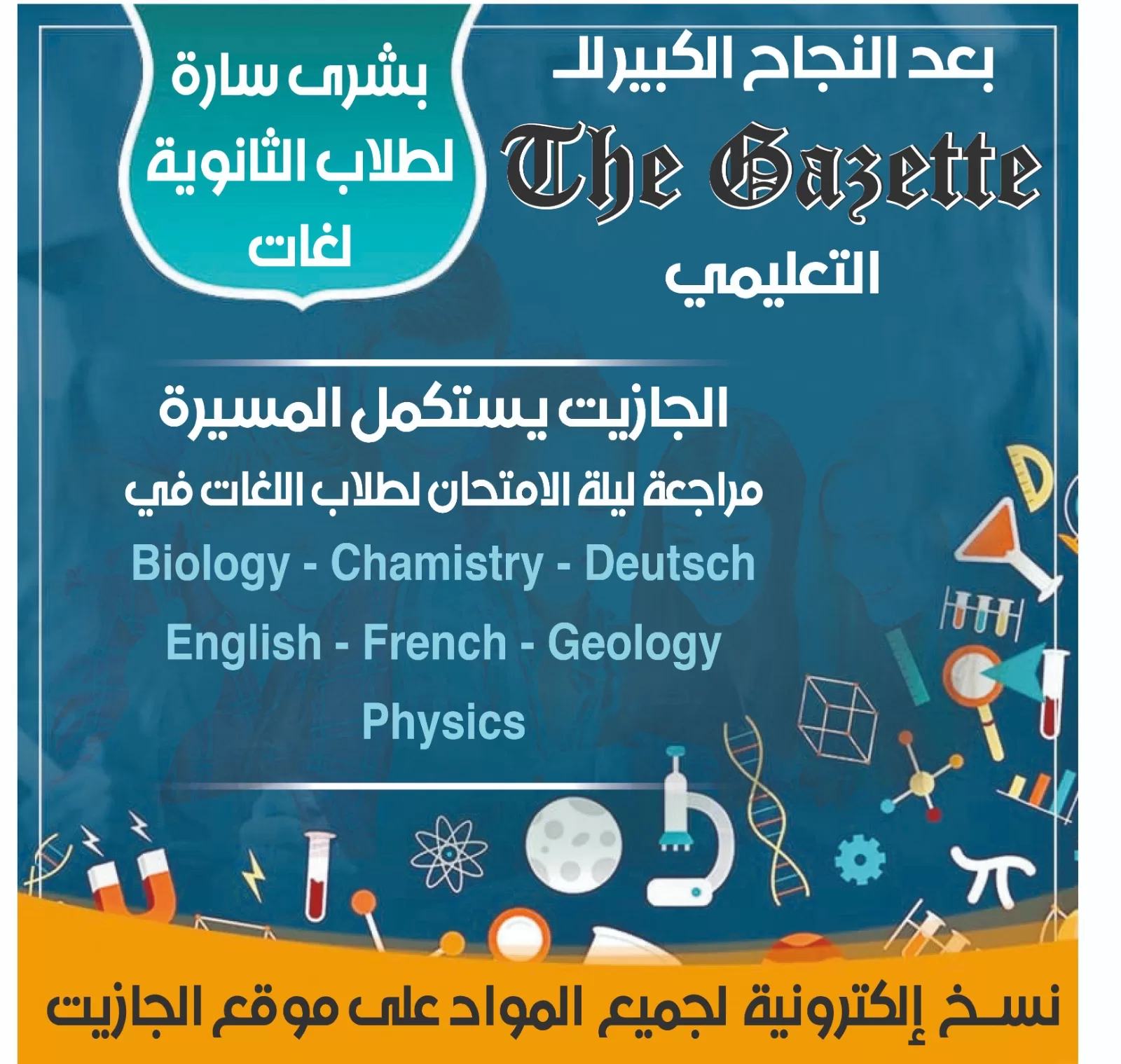One of the most extraordinary archaeological discoveries in 2024 emerged from the southern city of Aswan, earning a spot in Archaeology Magazine’s Top Ten List.
The unearthing of 33 family tombs near the Aga Khan Mausoleum offers an unparalleled glimpse into Egypt’s past during the Late Period and Greco-Roman era.
Announced in June by Egypt’s Ministry of Tourism and Antiquities, this discovery reveals a remarkable necropolis of over 400 tombs, spanning a 25-acre area.
The magazine hailed the discovery as an extraordinary and unconventional burial ground.

Departing from traditional necropolises, the Aswan site features 10 multi-tiered burial structures that reveal a sophisticated social hierarchy.
The upper tombs were reserved for the elite, including a prominent Egyptian military leader from the 2nd century BC, while the lower levels served as resting places for the middle class.
These tombs, untouched for millennia, contained artefacts like vibrantly coloured cartonnage, clay figures, and offering tables.
Among the discoveries were fascinating remains: a mummified adult woman and child lying interlocked in a single stone coffin, preserving a heart-breaking glimpse of familial connection across centuries.
Analysis of the mummies, led by Egyptian and Italian teams, revealed profound health insights.
Approximately 30%-40% of the individuals did not survive infancy or early adulthood, with bone diseases, tuberculosis, malnutrition, and even amputations observed.
Italian archaeologist Patrizia Piacentini noted signs of advanced age in some individuals, despite widespread illnesses, reflecting the resilience – and vulnerabilities – of Aswan’s ancient community.
Egyptologist Hussein Abdel Basir described the recognition of the uncovered archaeological site in Aswan as one of Archaeology Magazine‘s top 10 discoveries for 2024 as a ‘significant milestone’ that showcases the relentless efforts of the Egyptian state in advancing archaeological exploration and celebrating its rich cultural heritage.
“This global acknowledgment underscores the historical importance of this tomb, offering a rare glimpse into the social, cultural, and economic dynamics of Aswan during the Late Period and Greco-Roman times,” Abdel Basir told The Egyptian Gazette.
“It serves as compelling evidence of Aswan’s pivotal role as both a thriving cultural hub and a commercial centre in ancient Egypt,” he added.
This discovery, he added, also offers a remarkable contribution to Egypt’s tourism sector by enhancing Aswan’s appeal as a premier global tourist destination.
“We remain dedicated to supporting ongoing efforts to safeguard this site and ensure its accessibility for researchers and visitors, all within the framework of Egypt’s broader strategy to boost tourism and showcase the diversity of its cultural and historical treasures,” Abdel Basir said.
He further emphasised the importance of leveraging such discoveries to foster cultural awareness among younger generations and instil a deep sense of pride in Egypt’s historical identity, rooted in the depths of time.






Discussion about this post